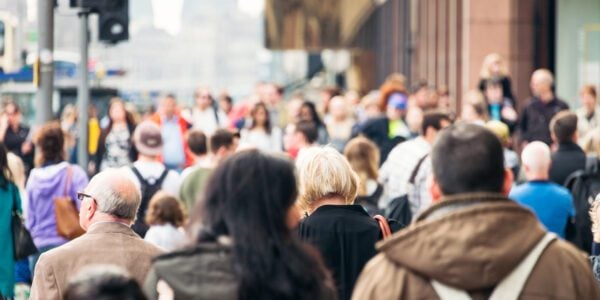Corporate tax has rarely excited the imagination of the public as much as in recent years.
This week Google has become the latest company to attract widespread anger over the amount of tax it has paid in the UK. The sense that there are some big, profitable companies paying relatively little in corporate tax has led many to try to allocate blame. Are multinationals simply behaving badly? Is HMRC cutting sweetheart deals with favoured companies? Have politicians failed in their task of writing the tax rules?
In an attempt to shed some light on these issues, a new paper by IFS researchers published today sets out how the current tax system seeks to tax corporate profits, what problems this can lead to and how the OECD’s two year Base Erosion and Profit Shifting (BEPS) project has sought to prevent tax avoidance. This paper is a pre-released chapter from the February 2016 IFS Green Budget, produced in association with ICAEW and funded by the Nuffield Foundation and to be launched on Monday 8th February.
The most important question relates to what we’re trying to tax. The current tax rules are not designed to tax the profits from UK sales. They’re certainly not designed to tax either revenue or sales generated in the UK. They are instead designed to tax that part of a firm’s profit that arises from value created in the UK. That is the principle underlying all corporate tax regimes across the OECD. The trouble is that calculating how much profit arises from value added in any individual country can be very tricky, and is often open to honest dispute.
Allocation of profits to different jurisdictions
Multinationals operate across tax jurisdictions and create profits from activities in many countries. Working out how to allocate profits to different jurisdictions is difficult. In practice, countries have long agreed to divvy up profits according to where the underlying value was created. But there is often no single ‘correct’ answer to how much profit should be taxed in the UK. For example: if a worker in the UK and a worker in Ireland collaborate in arranging and concluding a sale, or in designing a new product, or writing a piece of software, how much of resulting income should be attributed to UK activities?
The tax rules seek to provide an answer to this. Two elements of the rules are key. Permanent establishment rules define when a firm has a taxable presence in a country. Controversy often arises when a firm has a large revenue stream in the UK, but is not deemed to have an associated presence here for tax purposes. Rules around this will change following the BEPS process and it will become more difficult for companies to claim that they do not have a permanent establishment, but this can’t change retrospectively.
Transfer pricing rules dictate the prices that a firm can charge for a transaction – including payments for services or for the use of ideas – that happens between two parts of the same firm that are located in different tax jurisdictions.
These are the rules that determine taxable profit allocation. Yet the rules can never be detailed enough to set out what the outcome should be in every possible case. This creates room for disagreement over what the tax rules mean. This is why HMRC is often engaged with multinationals about how much tax they pay: not because they are busy cutting special deals, but because they are trying to apply the tax rules in a consistent manner.
Multinationals are in a good position to be able to employ hordes of tax advisors that help them to conclude any uncertainty in way that leads to lower tax bills, and to take advantage of any loopholes to avoid tax. Some of those loopholes are well known and many exist in other countries’ tax regimes. For example, the well documented “Double Irish” refers to differences between Irish and US tax laws that allow US multinationals to shift profits out of Ireland to tax havens such as Bermuda. These kinds of gaps in tax systems can create opportunities for tax avoidance on a grand scale. There is literally nothing the UK government can do unilaterally about some of these loopholes.
- This is an extract from an Observation by IFS researchers Helen Miller and Thomas Pope. You can read the full Observation on the IFS website.
- You can download the full pre-released chapter from the IFS Green Budget entitled: Corporate tax avoidance: tackling Base Erosion and Profit Shifting here.
- The full Green Budget 2016 publication will be launched at 10.00 on Monday 8 February 2016 at Guildhall, London. Please email events@ifs.org.uk if you wish to attend.






















































